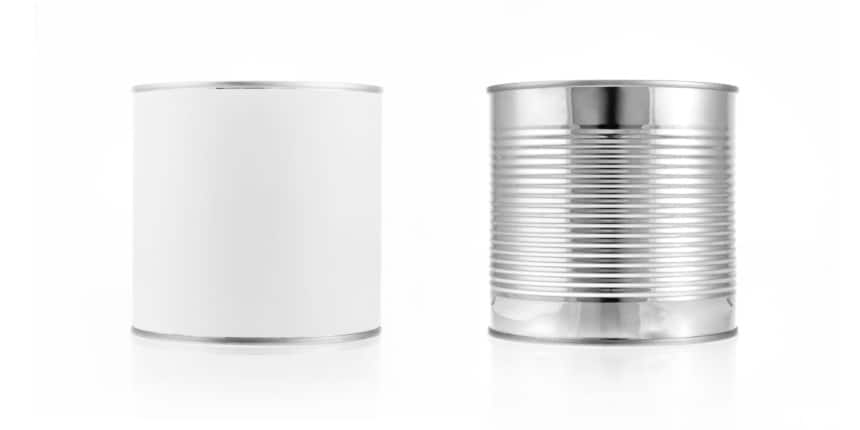Sn Full Form
What is Full Form of Sn ?
Sn is the abbreviation used to represent a chemical element called tin. The representation Sn comes from its Latin name Stannum. This is a soft and malleable element and has a bluish-white appearance. The earth's crust is seen to be composed of a significant component of tin. It is also found in rocks. Sn does not react in the presence of oxygen or water. As it is resistant to corrosion, it is used to coat other elements which quickly corrode when exposed to air or water. Stannum retains a solid state at room temperature. The important isotope of this element is ![]() (latex code- ^{\120}Sn).
(latex code- ^{\120}Sn).
- What is Full Form of Sn ?
- Occurrence
- Properties
- Uses Of Tin

Occurrence
Sn is created as a result of a very long neutron capture process also known as s-process, which is a series of chemical reactions occurring in stars with huge masses, almost 0.6 to 10 times that of the sun. This results in the beta decay of the heavy isotopes of indium. In the Earth's crust, Tin is the 49th most abundant element. This element does not occur in pure form and is present in ores which must be purified in order to extract the element. Although there are many ores present, the most important one is called Cassiterite.
Properties
Sn is similar to other elements in the same group and has 2 oxidation states which are +2 and +4. + 4 is more stable than +2. Tin belongs to the 14th group and the 5th period of the periodic table. It has an atomic number of 50 and belongs to the p block of elements. The electronic configuration of this element can be represented as [Kr] ![]() (latex code- 4d^{10}5s^25p^2) The melting point of Sn in Celcius is 231.928°, in Fahrenheit, it is 449.47 F, and in Kelvin, it is 505.078 K. The boiling point of Sn in Celcius is 2586°, in Fahrenheit, it is 4687°, and in Kelvin, it is 2859 K. Stannum has a density of 7.287 g cm-3 and an atomic mass of 118.710.
(latex code- 4d^{10}5s^25p^2) The melting point of Sn in Celcius is 231.928°, in Fahrenheit, it is 449.47 F, and in Kelvin, it is 505.078 K. The boiling point of Sn in Celcius is 2586°, in Fahrenheit, it is 4687°, and in Kelvin, it is 2859 K. Stannum has a density of 7.287 g cm-3 and an atomic mass of 118.710.
Uses Of Tin
In plating, coating and polishing
In the soldering of steel
To make alloys like copper and bronze
As a dyeing agent for glass and ceramics
In the manufacturing of steel containers